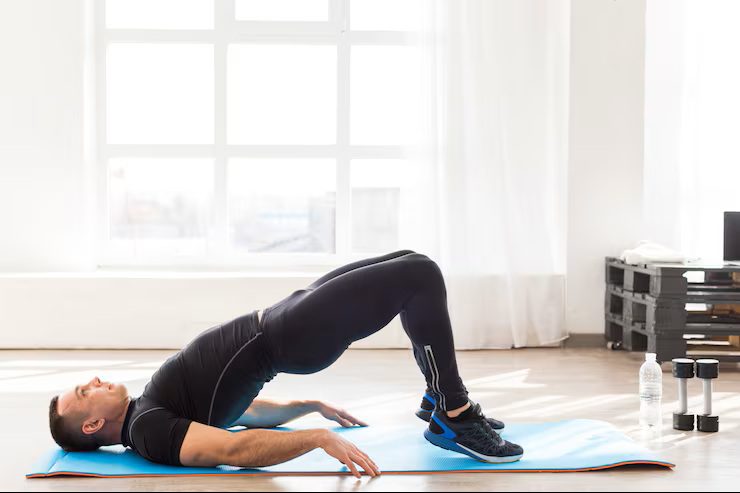The shoulder is so versatile in essence because it is a ball and socket joint. The socket is not a deep bony structure, but this allows it to be so mobile and have so many degrees of movement. For this movement to happen successfully there is a complex interaction between multiple bones and their surrounding soft tissues including capsule, ligaments and muscles. Even for something so simple as lifting your arm requires a coordination of multiple parts of the skeletal and muscular systems to allow this to happen.
This mobility and versatility of the shoulder is also its biggest weakness. It is one of the bodies most unstable joints because it relies so heavily on the soft tissue structures for its stability. This is also why we see so many different types of injuries to the shoulder and its surrounds. It can sublux, dislocate, fracture, impinge, strain, become unbalanced, become tendinotic, the bursa may inflame, and even become frozen. Not to mention the numerous and various joint afflictions that creep up on us as we age. Dare I mention its name, arthritis. But that is just directly relating to the shoulder and then the surrounding structures mentioned above need to be assessed and considered for their contribution to the shoulder’s function or lack thereof.
My point is there is a lot of contributing factors to making the shoulder function normally but also when the shoulder is not functioning normally these same numerous factors can be the cause of pain, stiffness or weakness and dysfunction. This why it is important to have an experienced physiotherapist to assess, diagnose and treat shoulder issues. All the Sports Focus Clinics in Sydney have experienced physiotherapists who are experts in assessing and treating shoulder issues.
CRAIG MILSON
Senior Physiotherapist
BappSc (Phty), APAM
(Castle Hill)



